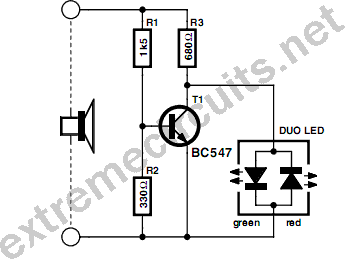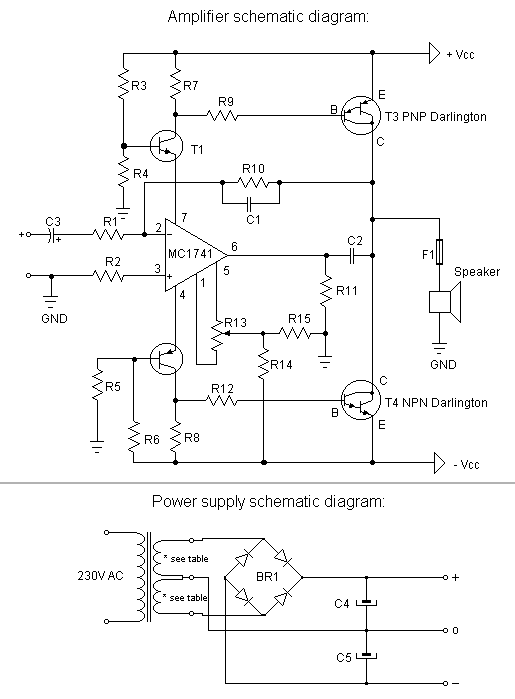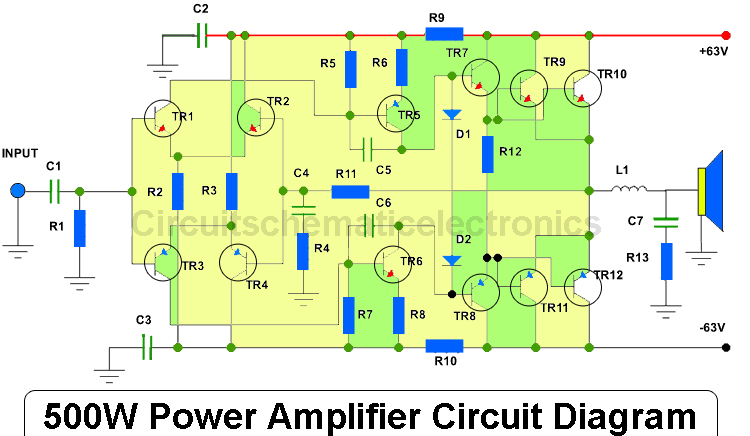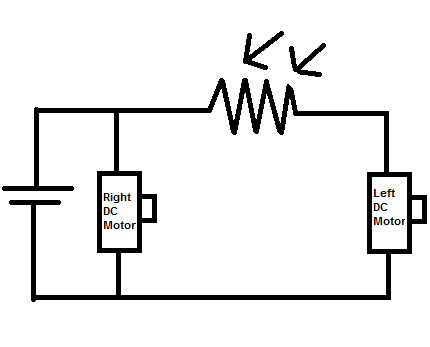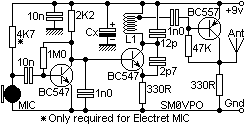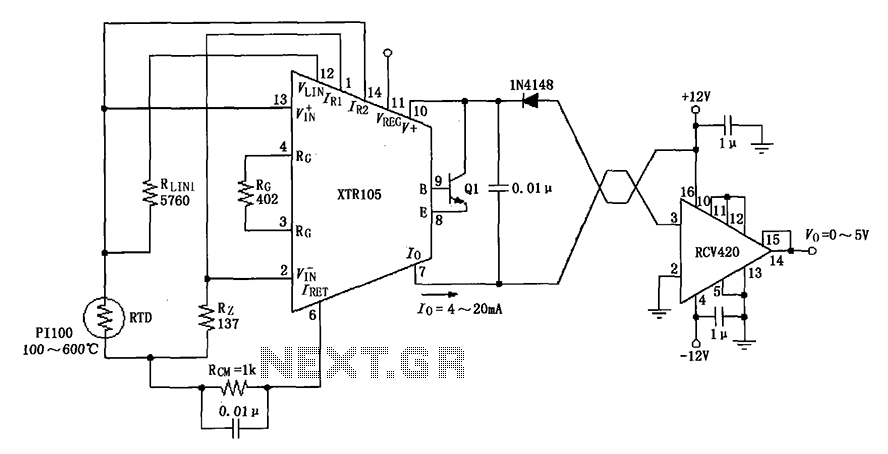
how to get more power out of a astable multivibrator
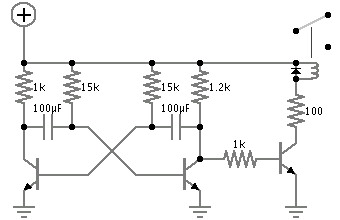
Powering this circuit with a 6V alkaline battery operates effectively with 100µF capacitors. However, there is an issue when attempting to replace the LED with a DPDT relay; a 6V relay previously available does not activate. Additionally, when using a 12V battery, the circuit remains continuously active. Guidance is needed to resolve these issues.
To successfully integrate a DPDT relay into the circuit, it is essential to consider the relay's activation requirements and the circuit's design. The relay coil must match the voltage supplied by the power source. For a 6V relay to function correctly, the circuit must ensure that the voltage across the relay coil is maintained at 6V when activated. If the relay does not activate, check the following:
1. **Coil Resistance**: Measure the resistance of the relay coil. If it is too high, the current may be insufficient to energize the relay. Ensure that the circuit can provide the necessary current for the relay.
2. **Transistor Driver**: If the circuit uses a transistor to control the relay, verify that the transistor is properly biased. The base current must be sufficient to saturate the transistor, allowing maximum current to flow through the relay coil.
3. **Diode Protection**: Include a flyback diode across the relay coil to protect the circuit from voltage spikes generated when the relay is deactivated. This diode should be oriented to allow current to flow in reverse only when the relay is switched off.
4. **Power Supply**: When using a 12V battery, the circuit's components must be rated to handle the higher voltage. If the circuit remains continuously active, inspect the triggering mechanism. Ensure that the control signal correctly turns off the relay when desired. This may involve adding a pull-down resistor to stabilize the input signal or adjusting the control logic.
5. **Capacitance Values**: The 100µF capacitors may need to be adjusted based on the relay's operating characteristics, as the timing and response of the circuit can be affected by changes in capacitance. Experimenting with different capacitance values may yield better results.
By addressing these key areas, the integration of the DPDT relay into the circuit should be achievable, enabling the desired functionality while maintaining stable operation with both 6V and 12V power sources.Powering this circuit with a 6v alkaline battery, the circuit works just fine with 100uf capacitors. But the problem is I want to replace the LED with a dpdt relay, I tried a 6v one I had laying around but it wont budge. Also when I tried the circuit with a 12v battery, the circuit just remains active for all the time. How do I get this to work 🔗 External reference
To successfully integrate a DPDT relay into the circuit, it is essential to consider the relay's activation requirements and the circuit's design. The relay coil must match the voltage supplied by the power source. For a 6V relay to function correctly, the circuit must ensure that the voltage across the relay coil is maintained at 6V when activated. If the relay does not activate, check the following:
1. **Coil Resistance**: Measure the resistance of the relay coil. If it is too high, the current may be insufficient to energize the relay. Ensure that the circuit can provide the necessary current for the relay.
2. **Transistor Driver**: If the circuit uses a transistor to control the relay, verify that the transistor is properly biased. The base current must be sufficient to saturate the transistor, allowing maximum current to flow through the relay coil.
3. **Diode Protection**: Include a flyback diode across the relay coil to protect the circuit from voltage spikes generated when the relay is deactivated. This diode should be oriented to allow current to flow in reverse only when the relay is switched off.
4. **Power Supply**: When using a 12V battery, the circuit's components must be rated to handle the higher voltage. If the circuit remains continuously active, inspect the triggering mechanism. Ensure that the control signal correctly turns off the relay when desired. This may involve adding a pull-down resistor to stabilize the input signal or adjusting the control logic.
5. **Capacitance Values**: The 100µF capacitors may need to be adjusted based on the relay's operating characteristics, as the timing and response of the circuit can be affected by changes in capacitance. Experimenting with different capacitance values may yield better results.
By addressing these key areas, the integration of the DPDT relay into the circuit should be achievable, enabling the desired functionality while maintaining stable operation with both 6V and 12V power sources.Powering this circuit with a 6v alkaline battery, the circuit works just fine with 100uf capacitors. But the problem is I want to replace the LED with a dpdt relay, I tried a 6v one I had laying around but it wont budge. Also when I tried the circuit with a 12v battery, the circuit just remains active for all the time. How do I get this to work 🔗 External reference
